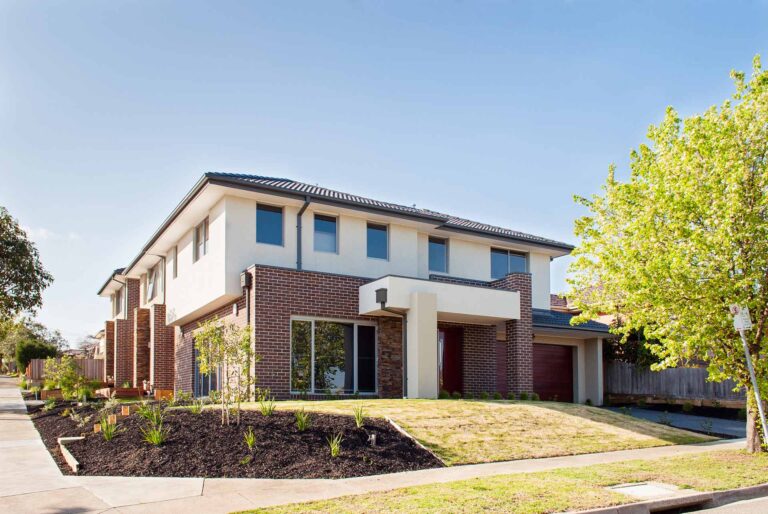How the Australian Economy Is Affecting Real Estate Values: A 2024 Perspective
The Australian real estate market has long been a cornerstone of the nation’s economic landscape. Known for its resilience and consistent growth, real estate in Australia has been shaped by various factors over the years, from interest rate fluctuations to government policies. However, the current economic environment in 2024 presents a unique set of challenges and opportunities that are influencing property values across the country.
1. Rising Interest Rates and Borrowing Costs
One of the most significant factors affecting real estate values in Australia is the rising interest rates. The Reserve Bank of Australia (RBA) has gradually increased interest rates to curb inflation, which has been stubbornly high. This increase in rates has led to higher mortgage repayments, making it more expensive for homebuyers to borrow. As a result, demand for property has softened, particularly in the higher-end markets where buyers rely heavily on large loans.
The higher borrowing costs have also impacted investors, who are now facing lower returns on their property investments. This has led to a decrease in investment property purchases, further cooling the market.
2. Inflation and Construction Costs
Inflation is another key factor influencing real estate values in Australia. The cost of building materials and labor has risen significantly, driven by global supply chain disruptions and domestic demand pressures. These higher construction costs are being passed on to homebuyers and investors, making new developments more expensive.
While this has led to higher prices for new properties, it has also slowed down the pace of new construction. The reduction in new housing supply could create upward pressure on existing property prices in certain areas, particularly where demand remains strong despite the broader economic challenges.
3. Government Policies and Incentives
Government policies continue to play a crucial role in shaping the real estate market. In 2024, the Australian government has introduced several measures aimed at supporting first-time homebuyers and stimulating the housing sector. These include grants, tax incentives, and reduced stamp duties, which have provided some relief for buyers in an otherwise challenging market.
However, there are also concerns about the potential for future regulatory changes, particularly around property taxes and negative gearing. Any shifts in these areas could have significant implications for property values, especially in investment-heavy markets like Sydney and Melbourne.

4. Population Growth and Housing Demand
Australia’s population growth has traditionally been a strong driver of housing demand. While the COVID-19 pandemic temporarily slowed immigration, the country has seen a resurgence in population growth as borders have reopened. This increase in population is particularly noticeable in urban centers, where the demand for housing remains robust.
However, the challenge lies in matching this demand with adequate housing supply. The current economic environment, characterized by high interest rates and rising construction costs, is making it difficult for developers to keep up. This mismatch between supply and demand could lead to price increases in certain segments of the market, particularly in areas with limited housing availability.
5. Regional vs. Urban Real Estate Trends
The economic factors influencing real estate in Australia are not uniform across the country. While urban centers like Sydney and Melbourne are experiencing slower growth or even slight declines in property values due to high borrowing costs and inflation, regional areas are showing resilience.
The trend of remote work, which gained traction during the pandemic, has continued into 2024, with many Australians opting to move to regional areas where property is more affordable. This has led to increased demand and rising property values in regions like Queensland’s Sunshine Coast and parts of Western Australia. The divergence between regional and urban property markets is becoming more pronounced, reflecting the varying impacts of economic conditions across the country.
6. Outlook for 2024 and Beyond
Looking ahead, the Australian real estate market is likely to remain sensitive to the broader economic environment. If inflation continues to rise, prompting further interest rate hikes, we may see additional downward pressure on property values, particularly in high-cost urban areas. Conversely, if the economy stabilizes and inflation is brought under control, we could see a return to more balanced growth in the real estate market.
For investors and homebuyers, the key will be to stay informed about economic trends and government policies that could impact the market. Understanding the nuances of how these factors affect different segments of the market will be crucial in making sound real estate decisions in 2024 and beyond.
The Australian economy is exerting considerable influence on real estate values in 2024. From rising interest rates to inflationary pressures, the factors at play are complex and interconnected. As the market navigates these challenges, opportunities will emerge for those who can adapt to the evolving landscape. Whether you’re a first-time buyer, an investor, or a seasoned property owner, staying attuned to these economic dynamics will be essential in navigating the Australian real estate market in the coming years.







